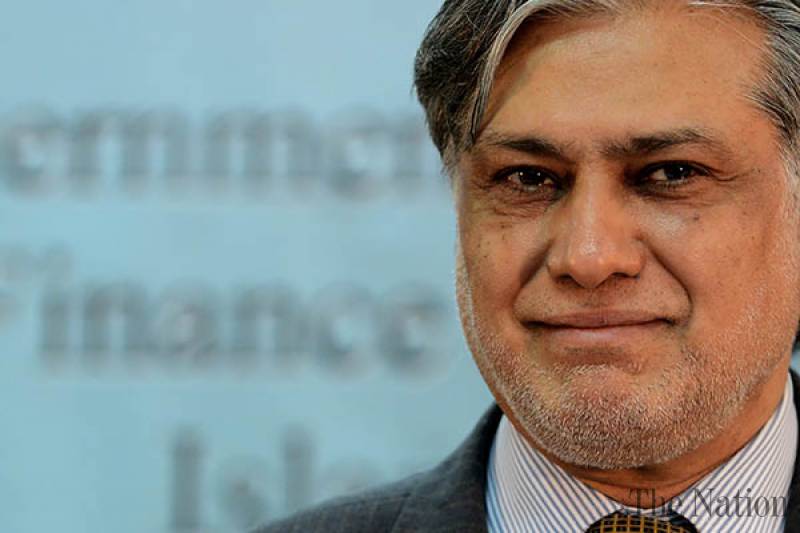Pakistan hikes defence budget by 7%
May 29, 2017 | Expert Insights

Nawaz Sharif led Pakistan Muslim league-Nawaz Government presented its fifth budget before 2018 elections. Government hiked defence spending by 7%. Finance Minister Ishaq Dar also announced a 10 percent increase of “special allowance” to the armed forces for their contribution throughout operation ‘Zarb-e-Azb’ launched three years ago. The unsurprising hike comes in the light of cross border tensions with India, Afghanistan and Iran. In 2015-16, the budget was Rupees 775.8 billion and Rupees 860 billion in 2016-17.
Highlights of the budget
Government allocated a total of Pakistani Rupees 475,700 crore for the next fiscal year. Stating that the Pakistan’s economy has grown to over USD 300 billion, finance minister has allocated Rupees 6000 crore more to defence sector than the previous year. The annual budget 2017-18 aims to increase the real GDP growth by 6%, investment to GDP ratio to 17%, inflation below 6% and development expenditure by 2.1 trillion. The new budget claims to be a part of new growth strategy: inclusive and sustainable growth. Pakistan’s health expenditure as a percentage of GDP is second lowest in the world, yet health expenditure has increased from Rs.29 billion to Rs.49 billion only.
Pakistan’s economy
Over the past decade, Pakistan’s GDP growth was restricted to below 5%, export grew at nearly 15% and investment in the engineering, production and marketing sectors at minimum 20%. Last year, the economy recorded a 5.28% GDP growth and the value of its economy crossed $300 billion. Since 2002, the rate of poverty has fallen by half and the retail is booming. On the macro side, the country has staved off a foreign-exchange crisis and is rebuilding its reserves. The education system in the country is poor, exports are not making progress and investment is insufficient. Breaking down the total GDP growth, the industry grew at 5.02%, agriculture at 3.46% and service sector at 5.98%.
Pakistan is getting increasingly dependent on China. Economic corridor in progress between the two known as China Pakistan Economic corridor (CPEC) involves construction of roads, railways and power plant. CPEC is a blessing in disguised for Pakistan’s economy as it would help boost agriculture, manufacturing and IT sector.
Analysis
The process of converting economic resources to military power is best captured in a country’s defence budget. The strategic competition between India and Pakistan is evolving. India’s relative advantage in terms of comprehensive national power is growing and will continue to grow. Against this backdrop, both countries are developing and expanding an array of nuclear weapon capabilities. Indian defence minister Arun Jaitley in February announced a steep increase in country’s defence budget for 2017-18. It was clear then that Pakistan would announce a hike too. Two countries do not need an immediate or urgent reason to increase their defence spending. India’s preeminent position in the region does not diminish its security dilemmas. Pakistan’s nuclear capabilities pose an existential threat. China poses more substantial threats to Indian security, and these challenges will grow as the ties between China and Pakistan are thickening.
Assessment
Tensions have run high between India and Pakistan on a host of issues, including the status of Kashmir. India has accused Pakistan for supporting militants, who infiltrate from the Pakistan-occupied Kashmir into the valley and target Indian security forces. India and Pakistan are also loggerhead over CPEC that runs through Pok. Increased defence spending would increase the funding to the terrorist organization and militants that can pose threat to India. High defence spending would be at the cost of other sectors that are essential to the human development like health for those living in poverty. Pakistan’s deteriorating economic condition very clearly suggests the need to maintain high levels of GDP growth to make a dent on poverty; yet, the defence spending continues to rise in real terms.








Comments